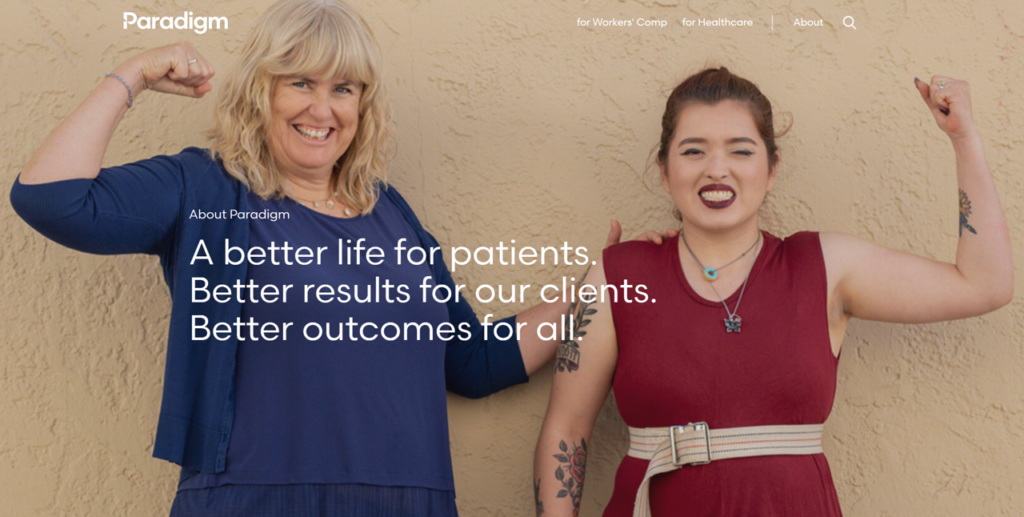That’s the top-line finding from the first Health Trust Barometer survey sponsored by Edelman, the global communications company that launched the influential Trust Barometer in
Edelman’s researchers talked to citizens in five countries — the US, UK, Russia, China, and Germany — to measure their demand for “health engagement.”
Edelman defines health engagement as the interaction among stakeholders in health – on the topics that matter, and through the channels and sources where information and opinions gathered, formed and shared.
The most health-engaged are called info-entials. These are people at the intersection of three actions:
- health involved (based on self-perception of “involvement”)
- health informed, through gathering health information at least once a week
- health engaged, by actively sharing health information and viewpoints.
- 41% have a chronic condition
- 47% are more likely to take a prescription drug
- 26% are more likely to work in the health field
- 17% are more likely to be a caregiver.
The info-entials are driven by trust and authenticity. They are also driven by the personal: their own health and wellness, and that of those for whom they care.
This is not a cohort of people who can’t handle the truth: they want to engage with health providers and suppliers in a 360-degree fashion: they want to hear both the good news and the bad news (think: Vioxx reaction, and how many Vioxx consumers demanded the drug even after they learned of the risks involved with continuation); risk and benefits; and transparency.
Health info-entials are view their health a la 360-degrees: for then, it’s not just about physical health, but whole health: mental/emotional, physical appearance, and financial health.
I’ll be spending more time with these findings in the coming weeks and will report out further details. You can spend time with the data, too, at Edelman’s website, Engage in Health.
Per CSHSC, patient engagement refers to “people’s ability and willingness to take on the role of managing their health and health care. The Patient Activation Measure (PAM) was designed to assess an individual’s knowledge, skill and confidence in managing their health.”

13 parameters make up the PAM, which has two scoring systems: one for people with chronic conditions, and another for those within chronic conditions. These appear in the chart at left.
Based on these self-reported beliefs, CSHSC found that 41% of American adults were most activated in 2007.
There is some important variation across different groups of adults. Educational attainment would be a predictor of patient activation: the more education, the greater activation. For people over 65 years of age, those with Medicare plus other insurance are found more activated than seniors with only Medicare coverage. For those under 65, people with private insurance appear more activated than those on Medicaid or those without health insurance.
CSHSC also examined data based on chronic conditions and how activated patients were across these populations. At the highest level of activation, it appears that people with cancer and asthma are slightly more activated than people with heart disease. Those with 3 or more conditions may be less activated than those managing only a single chronic condition.
Finally, people with a regular source of care appear to be substantially more activated than people without a regular sour
ce of care.
Health Populi’s Hot Points: Taken together, the studies from Edelman and the Center point to the importance of health engagement and activation. The more engaged a citizen is in their own health, the better outcomes will be achieved.
There are many policy implications to these findings. A few top-of-mind are the following…
1. In Edelman’s research, it’s clear that people want to hear lots of information, good, bad, risk and otherwise, from organizations that serve their health needs. Many of these organizations currently see barriers to fully engaging in these transparent, direct ways — in particular, pharmaceutical and other life science companies who seek guidance from the FDA and other regulators. As the FDA is undergoing reorganization and is bringing on new hires, the Agency needs to address this limbo that companies feel. Consumers can and want to handle the truth.
2. At the same time, citizens need to understand that our lives can be risk-managed. We’ve learned some tough lessons in the past few weeks and months about the importance of managing risk in our financial lives: portfolio diversification, understanding risk/reward metrics, and the like. The same is at least as true in health care. Yet people/patients/caregivers aren’t necessarily clear on this point. More education and elucidation is needed for consumers to be clear about health risks and personal health risk management.
3. The Center’s data clearly demonstrates that access to a regular source of health care nurtures health activation. This bolsters the rationale for the concept of the Medical Home.
As the Center concludes: “Increased cost sensitivity is but one manifestation of a more activated consumer, in which personal resourcefulness, education and motivation are necessary preconditions for seeking information on cost, quality and other important aspects of health care. A particularly striking finding is that higher activation levels are associated with much fewer problems with access to care, even when controlling for insurance coverage and income, which may reflect greater resourcefulness among more highly activated people in navigating the complexities of the health care system and overcoming barriers.”





 Jane will deliver the keynote address at the upcoming
Jane will deliver the keynote address at the upcoming  Thank you, Jared Johnson, for including me on the list of the
Thank you, Jared Johnson, for including me on the list of the  I am so grateful to Tom Lawry for asking me to pen the foreword for his book, Health Care Nation,
I am so grateful to Tom Lawry for asking me to pen the foreword for his book, Health Care Nation,